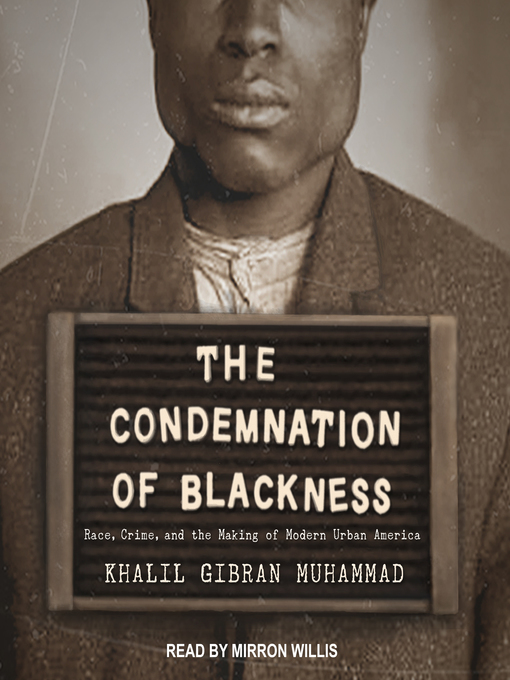
Following the 1890 census—the first to measure the generation of African Americans born after slavery—crime statistics, new migration and immigration trends, and symbolic references to America as the promised land of opportunity were woven into a cautionary tale about the exceptional threat black people posed to modern urban society. Excessive arrest rates and overrepresentation in northern prisons were seen by many whites—liberals and conservatives, northerners and southerners—as indisputable proof of blacks' inferiority. In the heyday of "separate but equal," what else but pathology could explain black failure in the "land of opportunity?"
The idea of black criminality was crucial to the making of modern urban America, as were African Americans' own ideas about race and crime. Chronicling the emergence of deeply embedded notions of black people as a dangerous race of criminals by explicit contrast to working-class whites and European immigrants, this fascinating book reveals the influence such ideas have had on urban development and social policies.
-
Creators
-
Publisher
-
Release date
August 1, 2017 -
Formats
-
OverDrive Listen audiobook
- ISBN: 9781541429697
- File size: 366339 KB
- Duration: 12:43:12
-
-
Languages
- English
Why is availability limited?
×Availability can change throughout the month based on the library's budget. You can still place a hold on the title, and your hold will be automatically filled as soon as the title is available again.
The Kindle Book format for this title is not supported on:
×Read-along ebook
×The OverDrive Read format of this ebook has professional narration that plays while you read in your browser. Learn more here.